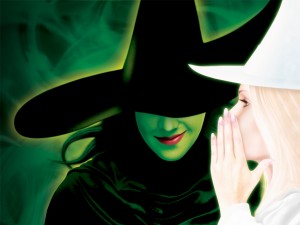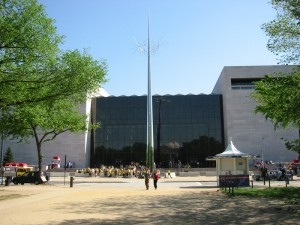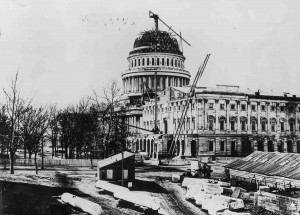by Howard Clemens
Many students from New York City’s five boroughs have never been outside of the city where they live. Some have not stayed overnight in a hotel. Educational and Youth Services has organized college tours for students interested in attending college. These tours give prospective college students from under served communities a chance to leave the city for destinations like upstate New York, Boston or Washington D.C. These student travelers explore what it might be like to live outside New York City in an academic environment with their peers.
For many entering the workforce, a job is far more lucrative with foundational training. Sandi Rosenthal is the Senior Director of Workforce Development at Education and Youth Services in New York. She has been working with the 16-24 age group for several years, helping them to decide between college, trade and tech schools, or full-time employment.
There are lots of opportunities right in New York City for trade and technical schools and employment. “We do take students to City University of NY (CUNY) locally, all the time. We also explore some of the better vocational programs, such as culinary and IT schools, to expose them to these types of professions,” said Rosenthal. “These organizations train students and they earn a certificate rather than a degree. Often these students are placed in jobs after completion of the programs, thanks to excellent job placement services,” added Rosenthal.
Then there are the students who perform well academically or have shown promise at the community college level and want to seek an advanced degree. Like their peers, they need to reach out and tour college campuses, to get a feel for college life. But not all students have the time or resources to leave the city and travel. Nor do their parents, who struggle with the high cost of living in New York City – one of the most expensive cities in the U.S.
So Education and Youth Services has designed a program to make sure these students have a glimpse of academic life. It’s already in its second year. “This year we are taking students to the State University of New York,” said Rosenthal. “Choosing a college like SUNY gives those who want to attend a chance to leave New York City and they can still return to visit their families by bus or train.” Student groups may also tour colleges in Boston and Washington D.C.. “On these types of student trips we expose them to colleges as well as some of the cultural sites in these historic cities,” commented Rosenthal.
A firsthand look at college life inspires many to begin the laborious college application process. “Kids do apply to some of the schools they’ve actually visited,” says Rosenthal. When students show an interest in a school, Workforce Development staff steps them through the long process of application forms and fees, SATs, and financial aid applications. This oversight ensures that many who truly want a higher education have a chance to receive one. “If students leave colleges they attended outside of NYC and come back home, we also work to help get them back into local colleges, taking them through the application process again,” said Rosenthal.
Workforce Development for Educational and Youth Services in New York City is a large organization. Before embarking on this project the organization put out a request for bids. Three to four organizations replied. Educational Travel Consultants (ETC) bid to design and execute these college tours was accepted. ETC is based in Hendersonville, North Carolina and has has been taking students on college tours for over five years. The educational travel company has designed college tours for specific areas of the U.S. and different types of colleges such as historically black colleges or Ivy League universities. Often guidance counselors and teachers at the high school level will organize these college tours so students with academic aspirations have a chance to survey several colleges before making a choice about where to apply and attend.
Request a quote for college tours anywhere in the U.S.














